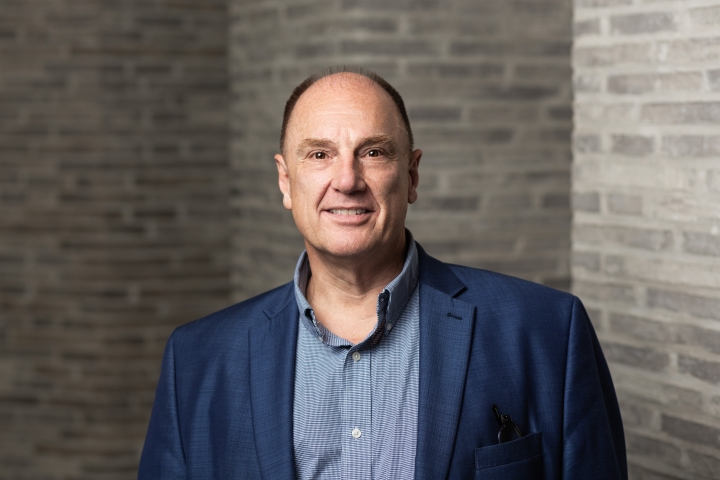
This piece first appeared as the “Director’s Letter” in the Hood Quarterly Summer 2022 edition.
By John R. Stomberg
The Hood Museum of Art, like many art museums around the world, is wrestling with how best to achieve diversity, equity, accessibility, and inclusion in the galleries. In previous letters, I’ve addressed the ways these goals can inform our relationships with the various communities visiting the galleries and the museum staff whose work makes our displays and programs possible.
Now, I want to recognize that the changes in what we exhibit also reflect an evolving value system and to note that we need to strive for balance, even in a corrective moment.
Museum work is not a zero-sum enterprise, or at least it does not need to be. We at the Hood Museum are trying to avoid the dilemma of what to have on permanent display—which carries the weight of making a seemingly definitive statement about art and history—by avoiding permanence altogether.
Anyone following the Hood closely will recognize the frequency with which we change our galleries. This work keeps our staff busy researching new stories and configurations that include a wider selection of the collection. It also disrupts several traditional conceptions of what deserves to be displayed and how.
Some of our visitors have shared with me their discomfort with these recent and ongoing changes to our galleries. I understand that completely. For many years, decades, or even centuries, in some cases, art museums have been bastions for absolutes. There was a clear sense of good and bad, important and unimportant, canonical and secondary. This created an air of exclusivity in art museums. Only certain works, defined in a particular way and identified by a select few, were deemed appropriate for the halls of art museums.
It is clear now that this approach is far too limited; that the “art world” was but one story of millions in the world of art; that we should make room for other stories; and that these amazing, rewarding, creative, and moving stories, different though they may be, have inherent value.
Most of us can acknowledge a long-established hegemony in European and American art museums of a carefully constructed art history that steered from the ancient Middle East through Greece and Rome, Europe, and into the United States— ever westward the course of artistic empire (usually with an outpost for the arts of Asia).
Over the last several decades, curators and art historians around the world have worked to expand, rearrange, and question this narrative. The conundrum for museums has been how to tell a story that moves erratically and sporadically, that has no singular unifying strand, that lacks a clear beginning, middle, and end—never mind a center and a periphery.
The resulting tales are episodic, inconclusive, and meandering but also richer, more interesting, more varied, and significantly more diverse and inclusive. This new museum practice provides microbursts of clarity rather than positing an impossible overarching and unified story. The challenge, though, is balance.
We cannot allow our art museums to simply replace old exclusivities or traditional monopolies with new ones. Our task is to find and present objects that tell as many stories as possible, showing each artwork in a manner that allows it to appear as its best self, in a meaningful context and in the presence of other works of art that enliven its interpretation.
The goal has to be inclusivity and generosity even in the midst of this necessary correction of how art history and art museums are conceived.
John Stomberg is the Virginia Rice Kelsey 1961s Director of the Hood Museum of Art.
***
Vox Populi is the Dartmouth News opinion page for commentary written by members of the Dartmouth community that is intended to inform and enrich public conversation.
